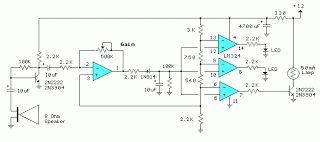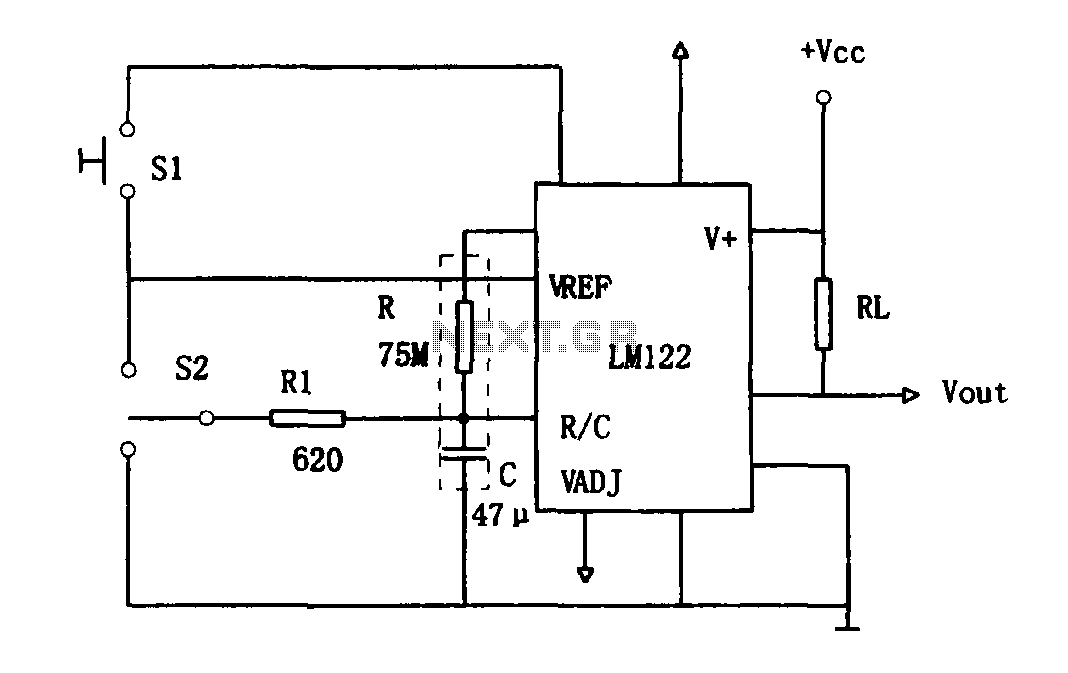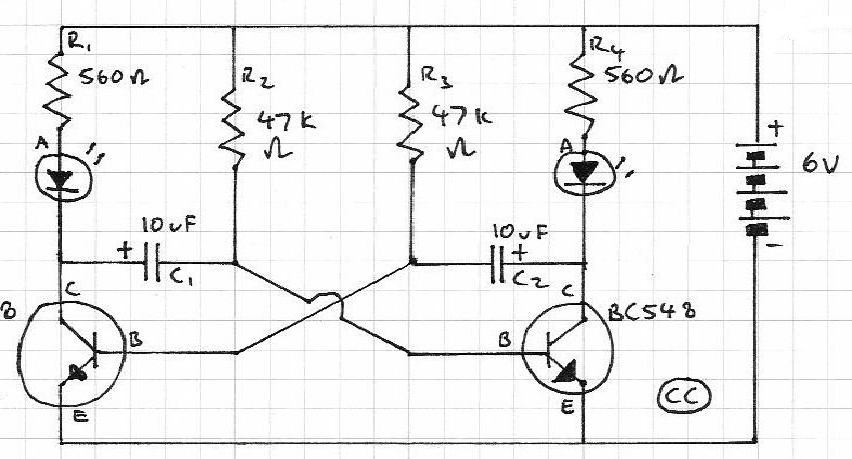
H-BRIDGE Circuit

The objective is to enhance information transmission through the use of articles. Please contact us via email at [email protected] within 15 days if there are any issues related to article content, copyright, or other concerns. Prompt action will be taken to resolve such matters.
In the context of electronic communication systems, the transmission of information can be significantly improved by utilizing various methods for data encoding and transfer. One effective approach is the implementation of a robust communication circuit that incorporates error detection and correction mechanisms. This ensures the integrity of the transmitted data, particularly when dealing with sensitive content such as articles.
A typical communication circuit may consist of the following components: a microcontroller for processing the data, a transmitter module for sending the information, and a receiver module for capturing the data at the other end. The microcontroller can be programmed to handle various protocols for data transmission, including UART, SPI, or I2C, depending on the specific requirements of the application.
Additionally, integrating a digital signal processor (DSP) can enhance the system's ability to manage complex data types and perform real-time analysis. This is particularly useful in scenarios where the content may require formatting or compression before transmission. Furthermore, implementing a feedback loop within the circuit can facilitate the detection of any discrepancies in the received data, allowing for immediate corrective actions.
To address copyright and content-related issues, the circuit can be designed to include secure transmission protocols, such as encryption, which protects the data from unauthorized access during transfer. This ensures that sensitive information remains confidential and complies with copyright regulations.
Overall, the design of an effective communication circuit for transmitting articles involves careful consideration of data integrity, security, and the ability to handle potential issues related to content management. By employing advanced electronic components and methodologies, the system can achieve a high level of reliability and efficiency in information transmission.We aim to transmit more information by carrying articles. Please send us an E-mail to wanghuali@hqew. net within 15 days if we are involved in the problems of article content, copyright or other problems. We will delete it soon. 🔗 External reference
In the context of electronic communication systems, the transmission of information can be significantly improved by utilizing various methods for data encoding and transfer. One effective approach is the implementation of a robust communication circuit that incorporates error detection and correction mechanisms. This ensures the integrity of the transmitted data, particularly when dealing with sensitive content such as articles.
A typical communication circuit may consist of the following components: a microcontroller for processing the data, a transmitter module for sending the information, and a receiver module for capturing the data at the other end. The microcontroller can be programmed to handle various protocols for data transmission, including UART, SPI, or I2C, depending on the specific requirements of the application.
Additionally, integrating a digital signal processor (DSP) can enhance the system's ability to manage complex data types and perform real-time analysis. This is particularly useful in scenarios where the content may require formatting or compression before transmission. Furthermore, implementing a feedback loop within the circuit can facilitate the detection of any discrepancies in the received data, allowing for immediate corrective actions.
To address copyright and content-related issues, the circuit can be designed to include secure transmission protocols, such as encryption, which protects the data from unauthorized access during transfer. This ensures that sensitive information remains confidential and complies with copyright regulations.
Overall, the design of an effective communication circuit for transmitting articles involves careful consideration of data integrity, security, and the ability to handle potential issues related to content management. By employing advanced electronic components and methodologies, the system can achieve a high level of reliability and efficiency in information transmission.We aim to transmit more information by carrying articles. Please send us an E-mail to wanghuali@hqew. net within 15 days if we are involved in the problems of article content, copyright or other problems. We will delete it soon. 🔗 External reference





